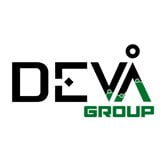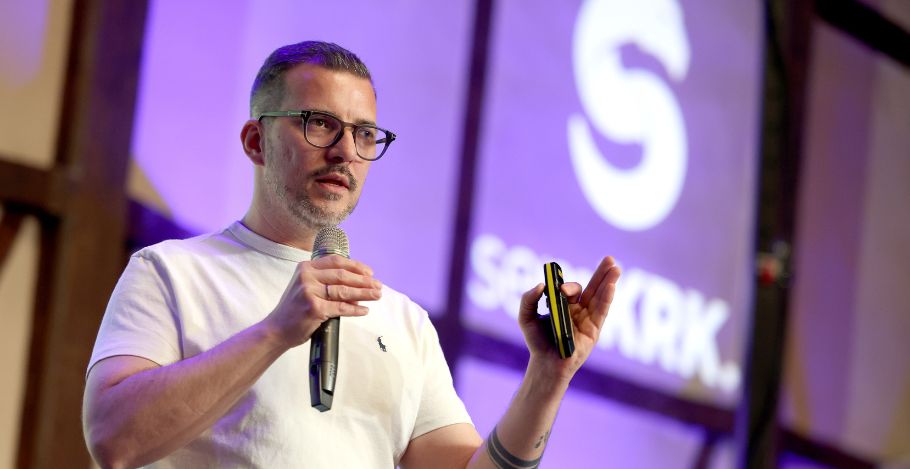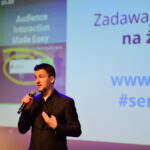Czas na jeden z osttanich wywiadów z prelegentami semKRK#23 BIG! Tym razem na pytania uczestników odpowiada Murat Yatagan, który w swojej prezentacji zgłębiał paradoks treści AI na przykładzie firmy Blinkist. Jeśli zastanawiasz się, jak w praktyce wyglądała selekcja treści, kwestie praw autorskich czy śledzenie indeksacji dziesiątek tysięcy stron, koniecznie sprawdź odpowiedzi i kulisy projektu!
How did you calculate the level of brand traffic on your website (SEO)?
 Murat Yatagan
Murat YataganI calculated branded traffic using Google Search Console. Go to the "Performance" report, then apply a "Query" filter to "Queries containing" your brand name (and any common variations or misspellings) to see the clicks and impressions for those branded searches.
How did you select the books to generate content first? i.e. first, second, third, etc., wave of rollout? Any selection tips?
 Murat Yatagan
Murat YataganI prioritized non-fiction books with the highest search volume (SV) and lowest keyword difficulty (KD) first, as these offer the quickest SEO wins for LLM-generated summaries. Follow this by targeting high SV/moderate KD, then high SV/high KD books, progressively leveraging built authority.
Great idea to use AI to create a business. Did you need the author's permission to summarize the books to build the app?
 Murat Yatagan
Murat YataganBlinkist operates by creating original content inspired by non-fiction books, navigating the complex landscape of intellectual property rights, and often collaborating directly with authors or publishers.
Do you have any insights on whether the user noticed or reacted differently to AI-generated content than to human-generated content?
 Murat Yatagan
Murat YataganWhile user engagement varied page by page between LLM-generated summary pages and human-edited blinks, conversion rate to free trial of both page types were quite similar on aggregate.
Why does one summary cost $750? That's such a big amount.
 Murat Yatagan
Murat Yatagan$750 for a human-edited summary represents a full-service, highly curated, multi-stage production process designed to deliver a high-quality, legally compliant, audible, and value-packed blink that stands as a premium product. The $5 for an LLM-generated page summary, conversely, is just the raw cost of generating text, without the subsequent layers of human analysis, refinement, fact-checking, and overall quality assurance that Blinkist's core library demands.
Is the scale of the actions the most important thing in the actions? Maybe you will point to something else?
 Murat Yatagan
Murat YataganScaling as fast as possible while assuring the minimum viable quality of the designed page was the most critical part of this project. Focusing solely on scaling would have been a failure due to a lack of quality focus, where we filtered a big chunk of book titles with no regret and rewrote prompts until they delivered qualified output.
How did you track indexation in Google? Was it with GSC? How many pages did you index?
 Murat Yatagan
Murat YataganWe kept track of LLM-generated pages’ indexing performance via GSC by using segmented Sitemap XML files. Over 80K pages were indexed.
What were the biggest problems during the testing/iterations? How many iterations did you make to the final process?
 Murat Yatagan
Murat YataganOur gradual rollout involved four main iterations, on each we have executed both pre- and post-launch QA processes.
Are you planning to introduce AI also in audio production in the future to lower cost of content production?
 Murat Yatagan
Murat YataganBlinkist launched Blinkist Pro about six months ago, and it summarises the content you upload, also providing it in an audible format.
Murat, dziękujemy za podzielenie się zakulisowymi informacjami! Nasz wywiad doskonale uzupełnia jego prezentację, pokazując, że kluczem do sukcesu w skalowaniu treści AI jest nie tylko technologia, ale przemyślana strategia, iteracyjne testowanie i bezkompromisowe podejście do jakości. Mamy nadzieję, że ten przykład będzie dla Was inspiracją. A już wkrótce zapraszamy na ostatnią rozmowę z ekspertem semKRK!
























